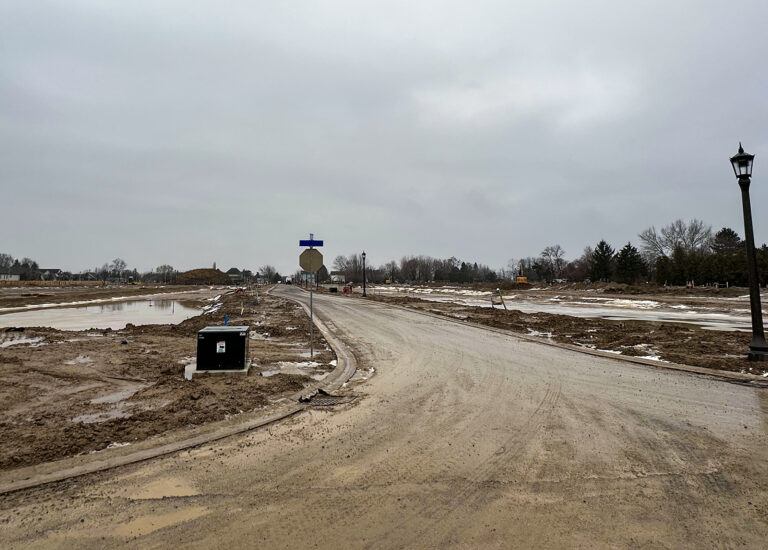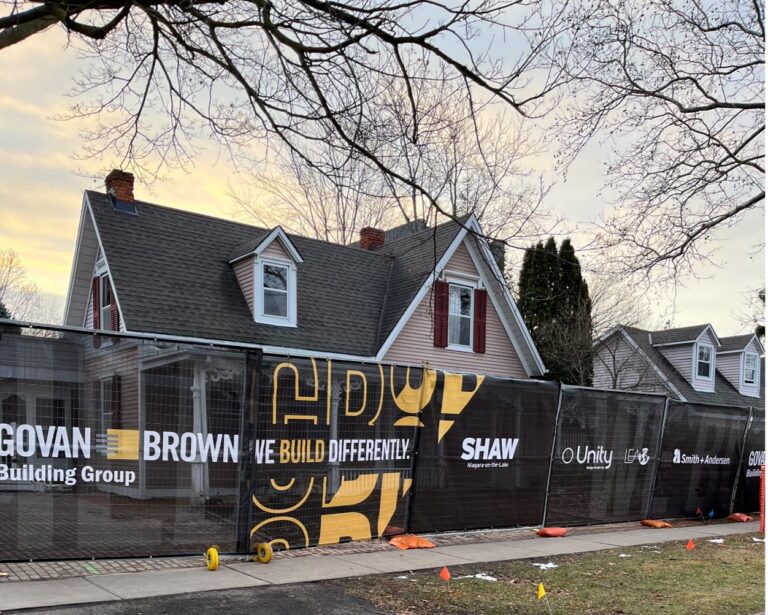Dear editor:
I read Erwin Wiens letter to the editor in last week’s Lake Report (“Letter: Setting the record straight on planning in Niagara-on-the-Lake,” Sept. 11).
It’s rather a sad article that’s defensive, an attempt to justify the litany of council-approved real estate applications, and places the blame on previous administrations. Kind of reminds me of something Trump is doing down south.
The deputy lord mayor has confirmed that there is an infrastructure deficit, which translates into the acknowledgement that the town’s infrastructure doesn’t have the capacity to handle additional real estate developments. The school board has confirmed this for St. Davids.
The Niagara Region has confirmed this for their sewage treatment plant in Niagara Falls. The sewage pumping stations in St. Davids are reportedly over capacity. What else is broken that we don’t know about/discovered? Will town council tell us?
This town council has continued to approve real estate developments knowing that the infrastructure is inadequate.
You would think that the lack of infrastructure capabilities would provide an adequate rationale to decline relevant real estate applications (even at the Ontario Land Tribunal), or at least invoke a moratorium pending the infrastructure being brought up to a current level and beyond, as forecasted in some sort of a five or 10-year plan going forward.
Contrary to what Wiens has stated, NOTL has no growth targets mandated by the province, unlike other municipalities. Hence, no legal requirement to approved developments willy nilly.
I think a considerable number of council’s constituents would vehemently disagree that applications have protected heritage sites or the scale of buildings.
Rather, precedents are being set for a continued deterioration of heritage and an increase in taller buildings.
People are asking themselves why didn’t revenue sources from development fees, etc. create financial reserves to fix our “infrastructure deficit”? Why is NOTL paying the region a disproportionate amount of money for policing and transportation, amongst other things?
Couldn’t the estimated $10 to $12 million for the St. Davids roundabout (considered unnecessary) be redirected by the region towards this infrastructure deficit? Why hasn’t that been broached?
This council has exacerbated a situation where the residents of NOTL are probably going to experience significant property tax increases in future years to fund infrastructure improvements.
Improvements that should have been funded by the developers because they have profited from their developments, but instead have placed the cost of improving our infrastructure on NOTL taxpayers.
The Town of Niagara-on-the-Lake has an asset management plan, which serves to guide the long-term, sustainable and cost-effective management of its crucial infrastructure and assets, such as roads, water systems, parks and buildings.
What happened? Did town council not follow it? I suspect the existing asset management plan didn’t focus on the capacity of the infrastructure to match the increased population growth. Rather, it focused on asset deterioration curves. A significant screwup.
You would think town staff would be fully knowledgeable of the constraints of the town’s infrastructure and be obliged to advise council that the infrastructure could not support more development?
Gienek Ksiazkiewicz
St. Davids










